Somalia
From southern Ethiopia to northern Kenya and Somalia, 22 million people are at risk of hunger, victims of a historic drought that began in late 2020 and is expected to last for the next few months.
This figure has almost doubled since the beginning of 2022, when 13 million people were facing hunger in the Horn of Africa.
In this region, where the population lives mainly on livestock and agriculture, nearly 5.6 million people are now "acutely food insecure" in Somalia, 12 million in Ethiopia and 4.3 million in Kenya, according to the UN.
More than 1.7 million people have left their homes in search of food and water, according to the latest report from the World Food Programme released on January 23.
A never-ending drought
The Horn of Africa is one of the regions hardest hit by climate change.
Since 2016, eight of the 13 rainy seasons have been below normal, according to data from the Climate Hazards Centre, a reference organization that includes academics and the Famine Early Warning Systems Network (Fews).
The current drought is caused by a sequence of five failed rainy seasons since late 2020, the first time this has happened in at least 40 years. However, no famine has yet been officially declared.
The last famine in the region, which killed 260,000 people, half of them children under the age of six in Somalia in 2011, was the result of two consecutive poor rainy seasons.
Across the Horn of Africa, crops, already ravaged by a plague of locusts, have been wiped out and herds, in need of water and pasture, decimated. More than 9.5 million head of livestock have died, the UN Office for the Coordination of Humanitarian Affairs (OCHA) estimated in November.
This crisis has been exacerbated by the impact of the war in Ukraine, which has increased the price of grain and fuel and diverted many humanitarian aid funds.
The situation will get even worse in the coming months, warn humanitarian organizations, with a sixth rainy season, from March to May, also forecast to be below average.
Somalia, the epicenter
Somalia is the most severely affected country, with more than half of its population (7.85 million people) affected by this drought.
Officially, the thresholds necessary to declare a famine have not been reached, thanks in particular to a last-minute financial mobilization in late 2022.
But without an increased humanitarian response, "a famine is expected to occur between April and June 2023 in southern Somalia among agro-pastoralist populations in Baidoa and Burhakaba districts, and among displaced populations in Baidoa town and Mogadishu," Ocha warned in December.
The number of people in a food "disaster" situation, the last stage before famine according to international terminology, is expected to rise from 214,000 to 727,000 by mid-2023, according to Ocha.
Children at risk
According to UNICEF, nearly two million children across the Horn of Africa "need urgent treatment for severe acute malnutrition, the deadliest form of hunger.
Unicef estimated in September that 730 children had died between January and July 2022 in feeding centers in Somalia, a figure it considered likely to be an underestimate.
Lacking water, milk and food, often living in unsanitary conditions, the youngest children are considerably weakened, their bodies made more vulnerable to diseases (measles, cholera...) and their growth altered over the long term.
Accompanying their displaced families or sent daily in search of food, 2.7 million children have also left school and four million others are at risk of dropping out.
Calls for funding
"There is no end in sight for the hunger crisis", says Xavier Joubert, Director of Save The Children Ethiopia: "The needs have become enormous. Additional funds (...) are desperately needed".
Today, only 55.8% of the 5.9 billion dollars requested by the UN to alleviate this crisis in 2023 has been funded.
In 2017, an early humanitarian mobilization had prevented a famine in Somalia.




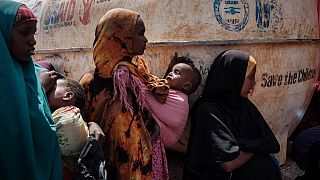
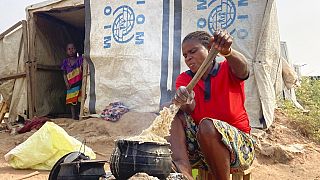
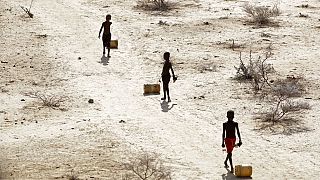

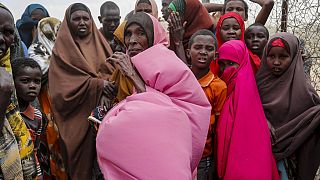

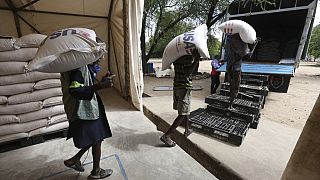
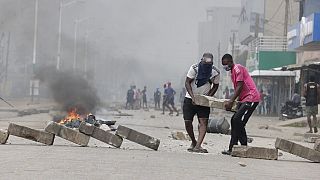

01:08
Al-Shabab fighters seize central Somali town, displacing thousands
01:01
Kenya: Visa-free travel now available for many African and Caribbean countries
01:14
Boeing reaches settlement with man who lost entire family in 737 MAX Crash
00:22
Boniface Kariuki, a Kenyan mask vendor shot at close range laid to rest
Go to video
Ruto's $9M mega church sparks outrage amid Kenya's crisis
11:17
Bridging the legal gap in Africa’s digital boom {Business Africa}